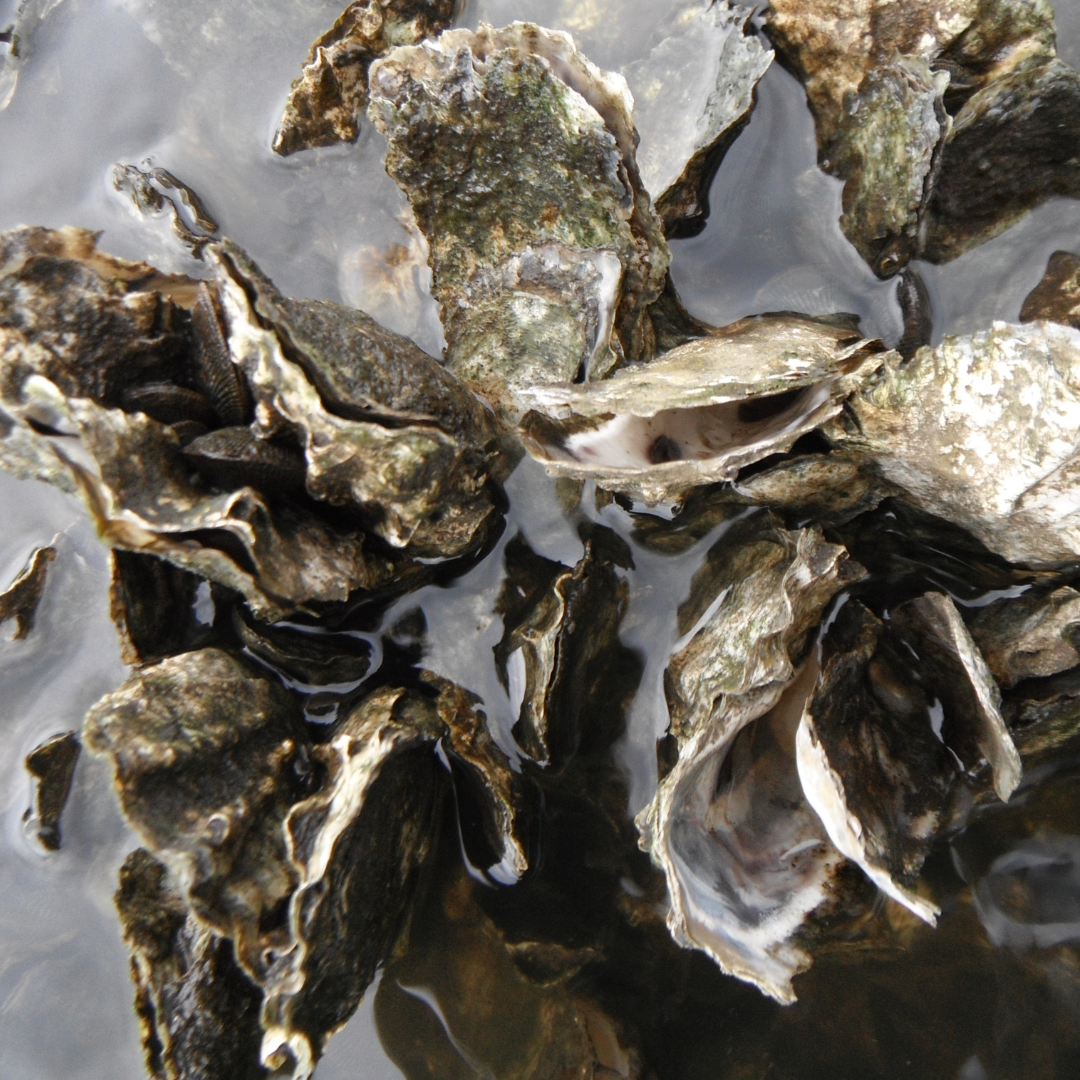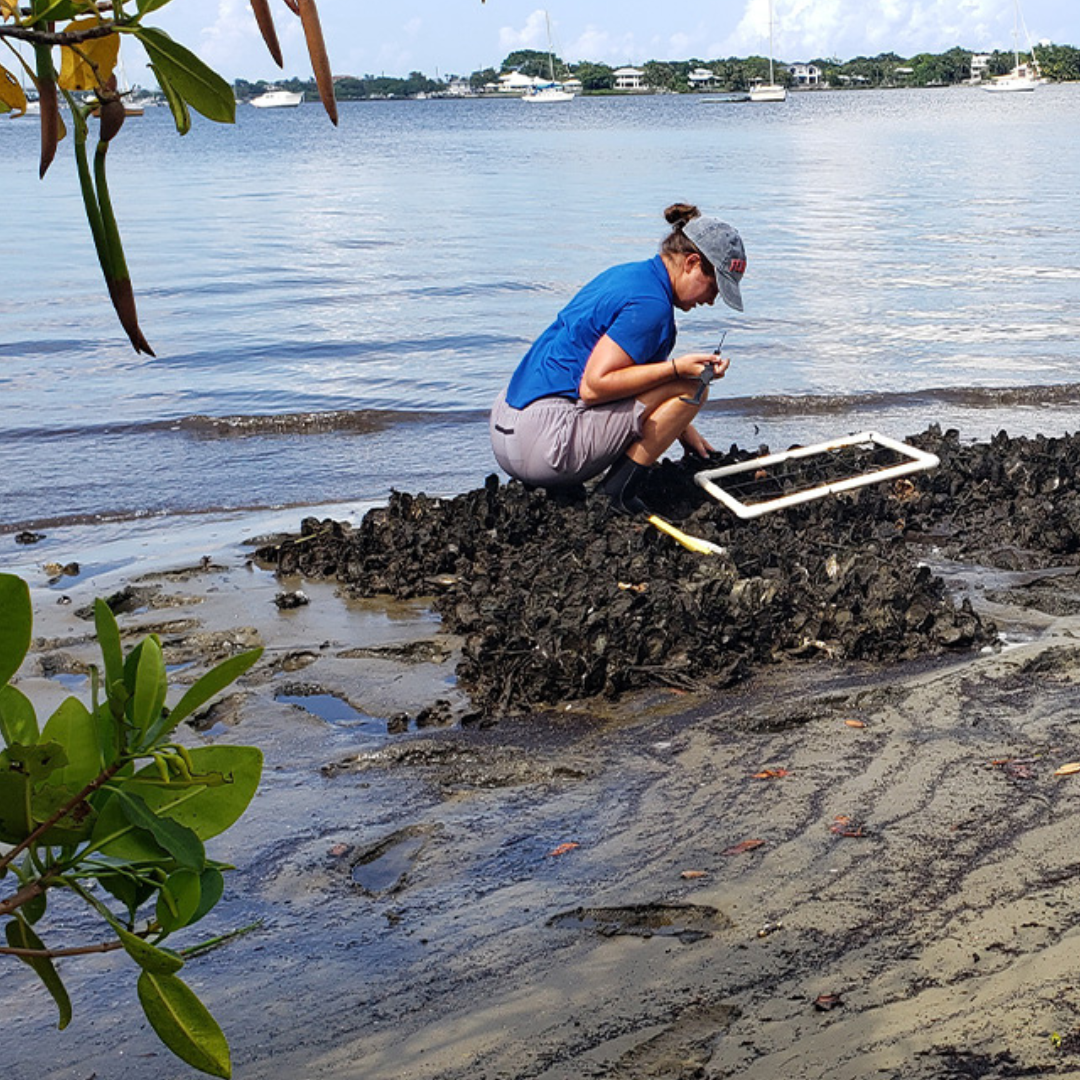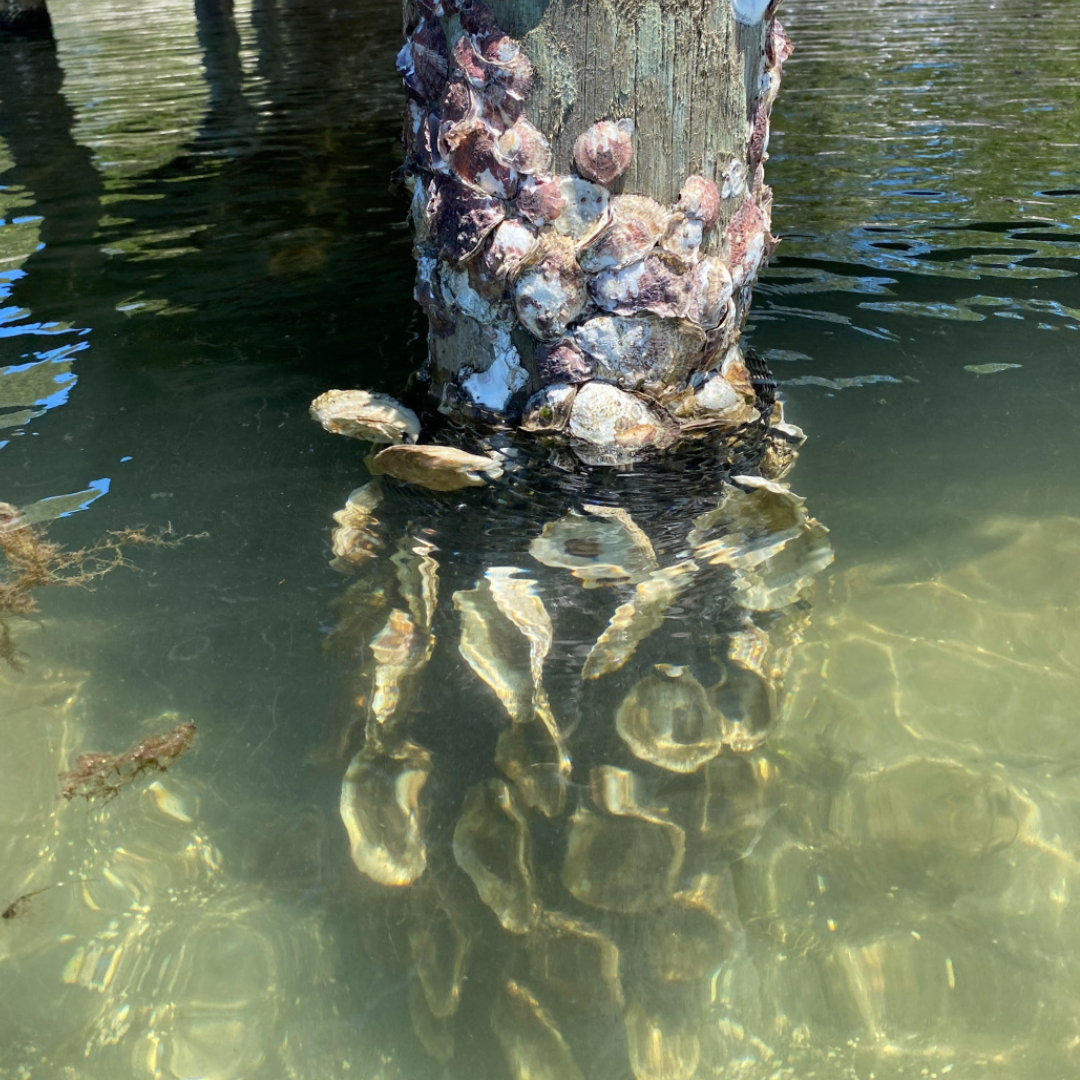Ecological Succession and Its Impact on Oysters in Florida’s Coastal Ecosystems
Florida’s coastal ecosystems are dynamic and ever-changing, shaped by natural processes that affect the plants, animals, and microorganisms living within them. One of the most fascinating processes is ecological succession, the gradual transformation of an ecosystem over time. This natural progression can have profound effects on many species, including one of Florida's most essential marine organisms: the oyster.
What is Ecological Succession?
Ecological succession refers to the sequence of changes in an ecosystem as one biological community is replaced by another over time. This process can occur on land or underwater, and it’s typically classified into two types: primary and secondary succession.
- Primary succession occurs in areas that were previously uninhabited, such as newly exposed rock or sand.
- Secondary succession happens in areas where a disturbance (like a hurricane or human activity) has altered an existing ecosystem but left some of the original environment intact.
In Florida’s coastal ecosystems, secondary succession is most common, especially after natural disasters, freshwater discharges, or pollution events that alter water quality and habitat conditions.
Oysters: A Keystone Species in Coastal Succession
Oysters are considered a keystone species in Florida’s estuaries, meaning their presence significantly influences the structure and health of the ecosystem. Oyster reefs provide essential services such as filtering water, stabilizing shorelines, and creating habitats for fish and other marine life.
In the early stages of ecological succession, bare surfaces in coastal areas—like rocks, dock pilings, or sandbars—become colonized by pioneering species. Oysters play a critical role at this stage. When oyster larvae (called spat) settle onto hard surfaces, they begin to form oyster reefs. These reefs, over time, attract a variety of marine organisms, such as barnacles, mussels, and small fish, which depend on the structure for shelter and food.
As the oyster reef matures, it becomes a bustling ecosystem. The reef acts as a nursery for juvenile fish and crabs, and the oysters themselves filter algae, plankton, and nutrients from the water, improving water quality and helping other species thrive.
Disturbances and Succession in Oyster Habitats
Oyster reefs are often affected by disturbances, both natural and human-induced, which can set back the succession process or change the trajectory of ecosystem development. Major hurricanes, harmful algal blooms, and freshwater discharges from Lake Okeechobee are examples of events that disrupt oyster habitats in Florida.
When these disturbances occur, they can cause massive oyster die-offs and degrade the reef structure. In some cases, the destruction is severe enough to reset the ecosystem, initiating a new cycle of secondary succession.
After such a disturbance, the recovery process depends on a few factors:
- Water quality: Clean, well-oxygenated water allows oyster larvae to survive and attach to suitable substrates.
- Availability of substrate: Oyster spat need hard surfaces, such as shells, rocks, or artificial structures, to settle on and begin building a new reef.
- Community involvement: Oyster restoration programs, like Florida Oceanographic Society’s FL.O.O.R. (Florida Oceanographic Oyster Restoration) program, play a vital role in accelerating ecological succession by introducing recycled oyster shells to create artificial reefs and promote spat settlement.
Human Influence on Oyster Succession
Human activities can significantly influence the direction and speed of ecological succession in coastal ecosystems. For oysters, this influence can be both positive and negative.
Negative Impacts:
- Pollution: Excessive nutrient runoff from agriculture and urban areas can fuel algal blooms that reduce water quality, making it difficult for oysters to thrive.
- Coastal development: Construction near shorelines can reduce the availability of suitable habitat for oyster larvae to settle, leading to slower reef formation.
Positive Impacts:
- Restoration efforts: Restoration projects aimed at rebuilding oyster reefs help accelerate the natural process of succession. By introducing oyster shells into the water, we can create new surfaces for spat to settle and grow, speeding up the formation of healthy, functioning reefs.
A Brighter Future for Florida’s Oysters
Understanding the role of ecological succession in Florida’s coastal ecosystems allows us to appreciate the resilience of oysters and the importance of maintaining and restoring their habitats. By fostering healthy oyster populations, we not only ensure cleaner water and healthier marine ecosystems but also provide protection for our shorelines against erosion.
Through sustained restoration efforts and a commitment to reducing human impacts on the environment, we can help ensure that Florida’s oyster reefs remain a vital part of the state's coastal ecosystems for generations to come. Want to learn more about how oyster restoration works? Check out Florida Oceanographic Society’s ongoing efforts to support the ecological succession of oyster habitats along the coast!



